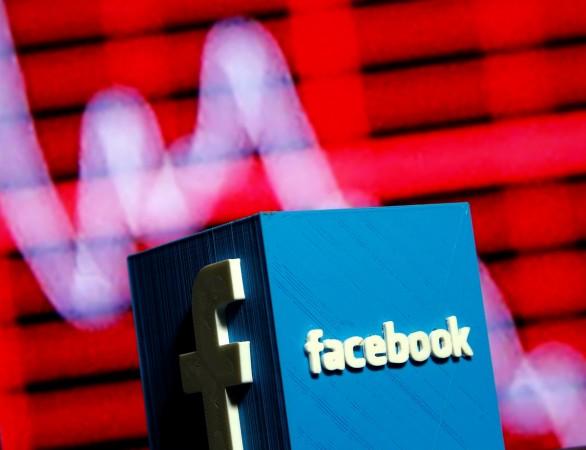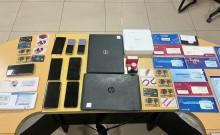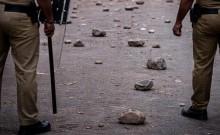
Facebook's safety check feature sent a false alert to the users in the Thailand capital about an "explosion" in Bangkok on Tuesday.
The social media giant activates the security check feature in case of any untoward activity and for people in danger zones to mark themselves safe and let others on Facebook know about their safety. However, the safety check on Tuesday was triggered by a protester who was throwing firecrackers, BBC reported.
Why the war on fake news could be a losing battle
Facebook had labelled an explosion in the region which misled many people and panicked users called their friends and family frantically to ensure their safety. According to Facebook, it relies on such information on a "trusted third party to confirm the incident".
Reports state that a protester threw small firecrackers on Tuesday at a government building in Bangkok which resulted in Facebook's alert. The safety check feature was triggered at around 21:00 local time which, in turn, created a page saying "The Explosion in Bangkok, Thailand", soon after the page went online, people started marking themselves safe.
Not just that, the page also reportedly showed an article referencing a BBC breaking news video taken in 2015 of an explosion in Bangkok's Erawan shrine.
Facebook's safety feature was first introduced in 2014 after the massive Nepal earthquake, which left thousands of people displaced and communication lines were disrupted. Many people let their loved ones know that they were safe through this feature. Initially, the feature used to activate manually, however, in November, the social media giant changed the activation norm and said that it could now be activated "by our community".
BBC reports state that now Facebook sources its alerts from a third party when such an incident occurs. After the alerts, the social networking site launches a search to see if other users are discussing the incident on the site.














